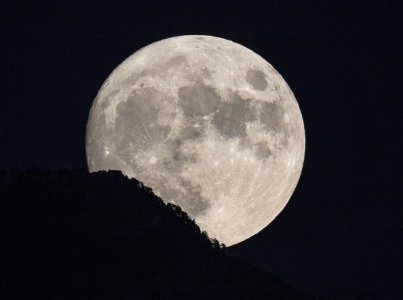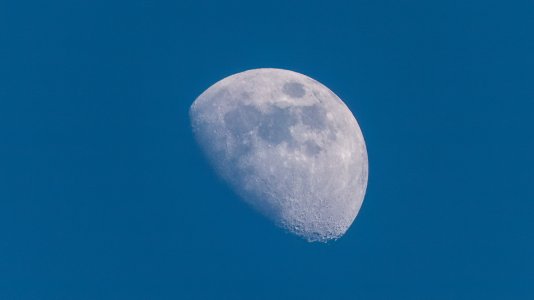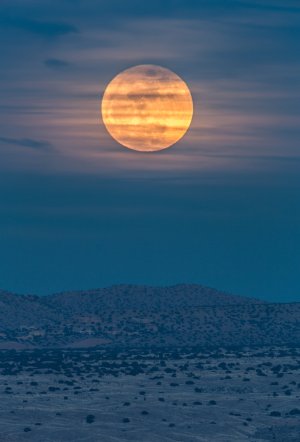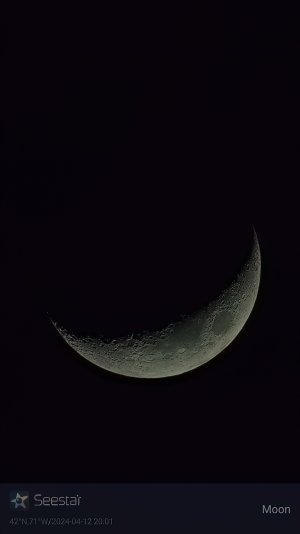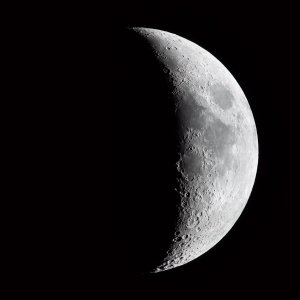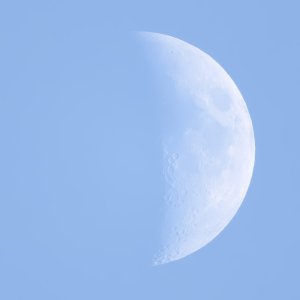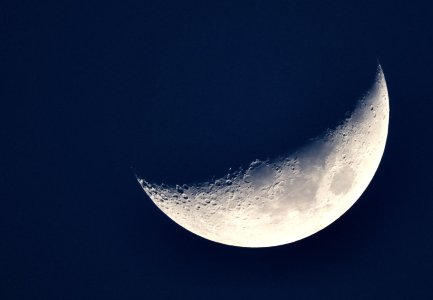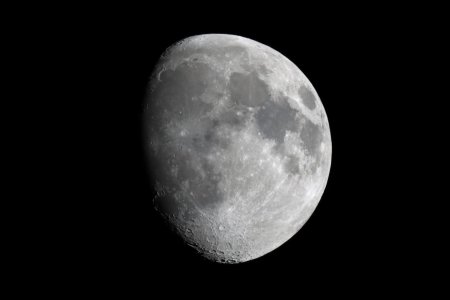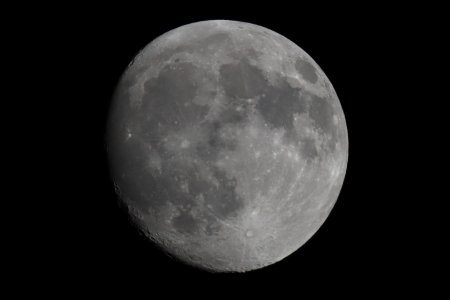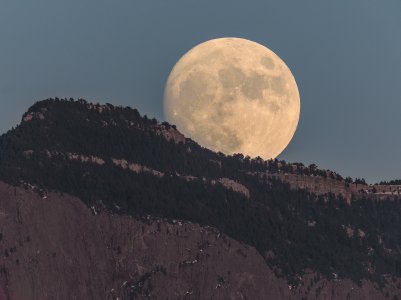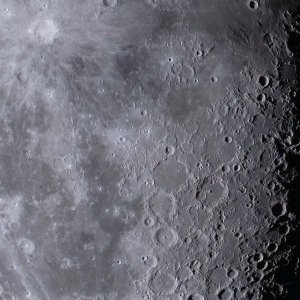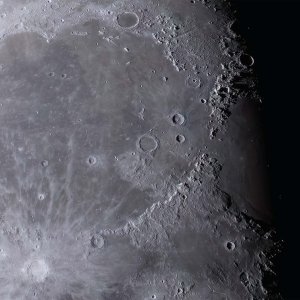Our Moon as seen from Brisbane on 30th April 2024.
I fitted the Canon RF 200-800mm with the RF Extender x2.0 and the EOS R7 onto my Equatorial Mount (tracking mount). The Moon pretty much occupied some 80% of the view finder.
I used the built-in Interval Timer to take 75 frames (1 sec delay) as the mount tracked the Moon across the skies, compensating for the Earth’s rotation.
The 75 Frames were Aligned and Stacked in Autostakkert4! To improve the S/N Ratio.
I then used Wavesharp to deconvolve the resulting stacked image, which improves the image quality by removing some of the effects of the scintillations in the Earth’s atmosphere.
1600mm, F18, ISO400, 1/60 sec.
These are full res crops.
Dennis.
View attachment 65920
View attachment 65921
 worm moon by James Stewart, on Flickr
worm moon by James Stewart, on Flickr worm moon by James Stewart, on Flickr
worm moon by James Stewart, on Flickr
